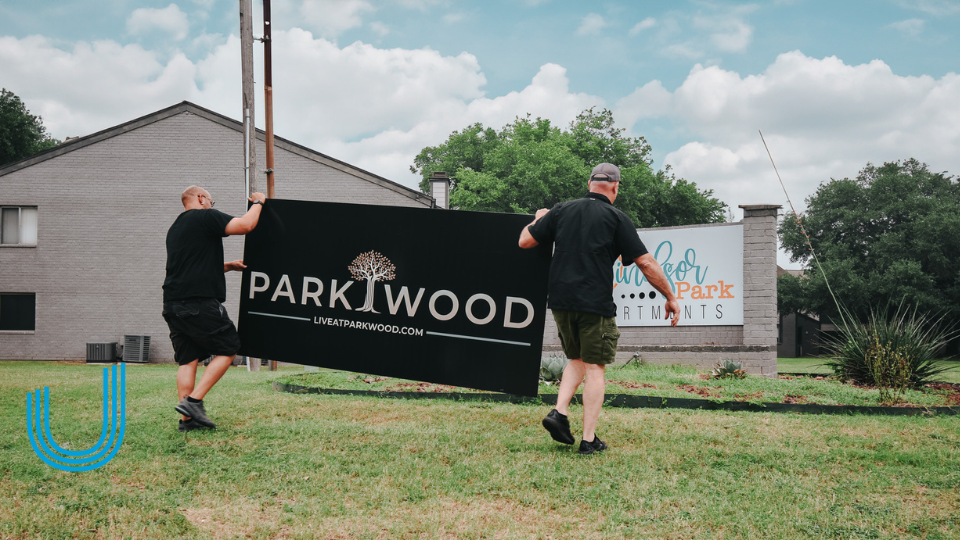Investing in retail centers can be a lucrative addition to your real estate portfolio, but it requires careful analysis and strategic planning. Understanding the key factors that drive the success of retail center investments is crucial. Here’s a comprehensive guide to evaluating retail center investment opportunities in the current market.
- Market Demand and Location
Location is paramount when it comes to retail center investments. A prime location with high foot traffic and easy accessibility can significantly impact the success of a retail center. Evaluate the surrounding area for population density, income levels, and demographic trends. Areas with growing populations and higher disposable incomes are typically more attractive for retailers.
Additionally, consider the competitive landscape. Analyze the presence of other retail centers and their performance. A location with limited competition but strong demand can provide a competitive edge.
- Tenant Mix and Lease Structure
The tenant mix within a retail center is a critical determinant of its success. A diverse tenant mix, including a balance of national chains and local businesses, can attract a broader customer base and reduce the risk of vacancy.
Examine the lease structures of current tenants. Long-term leases with stable tenants provide a predictable income stream. Look for anchor tenants that draw significant foot traffic, such as grocery stores or popular retail brands. The stability and reputation of these tenants can enhance the attractiveness of the retail center.
- Financial Metrics and Performance
Conduct a thorough financial analysis of the retail center. Key metrics to consider include:
- Net Operating Income (NOI): Calculate the NOI by subtracting operating expenses from gross rental income. A higher NOI indicates a more profitable investment.
- Cap Rate: The capitalization rate, or cap rate, is determined by dividing the NOI by the property’s purchase price. Compare the cap rate to similar properties in the market to assess the investment’s relative value.
- Debt Service Coverage Ratio (DSCR): This ratio measures the property’s ability to cover its debt obligations. A DSCR above 1.25 is generally considered healthy, indicating sufficient income to cover mortgage payments.
Review historical performance data and future projections to gauge the potential for income growth and return on investment.
- Property Condition and Maintenance
The condition of the retail center plays a crucial role in attracting tenants and customers. Conduct a thorough inspection of the property to identify any maintenance issues or necessary upgrades. A well-maintained property with modern amenities can command higher rents and attract quality tenants.
Consider the costs associated with maintaining and upgrading the property. Factor these expenses into your financial analysis to ensure a realistic assessment of potential returns.
- Market Trends and Future Prospects
Stay informed about broader market trends that could impact the retail sector. E-commerce growth, changing consumer behaviors, and technological advancements are reshaping the retail landscape. Retail centers that adapt to these trends, such as incorporating experiential retail or omnichannel strategies, are more likely to thrive.
Evaluate the long-term prospects of the retail center’s location. Consider factors such as planned infrastructure projects, economic development initiatives, and population growth projections. Properties in areas with positive future prospects offer greater potential for appreciation and income growth.
Conclusion
Evaluating retail center investment opportunities in 2024 requires a comprehensive approach that considers market demand, tenant mix, financial metrics, property condition, and market trends. By conducting thorough due diligence and staying informed about industry developments, investors can identify promising opportunities and make strategic decisions to maximize returns. Retail centers, when chosen wisely, can be a valuable addition to a diversified real estate portfolio.












